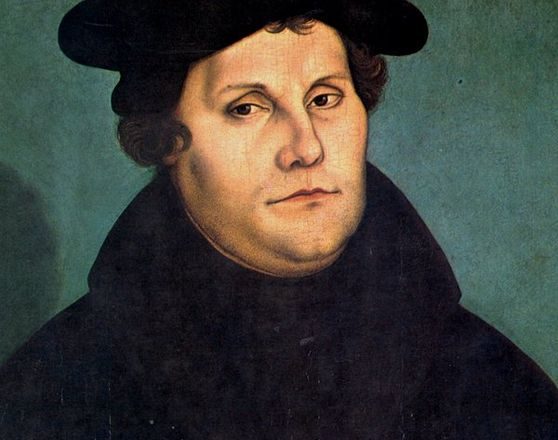This Halloween marks the 499th anniversary of Martin Luther’s posting of the 95 Theses on the church door in Wittenberg castle. Luther’s theses were against the act of indulgences which were certificates one could buy from the church to skip part of the penitential process. An extremely pious man, Luther was deeply troubled by his sins. Indulgences seemed to be a way for guilty people to gain a pure conscience .
This act clearly shaped our world, but it was not nearly as dramatic as we like to imagine. Luther simply desired a debate in the Catholic Church and the church door served as the unofficial bulletin board for the university, so the location was no major protest. The day, however, was deliberate as it was the day before All Saint’s Day, an important holiday in Wittenberg. The local prince, Frederick the Wise, had a collection of over 18,000 relics of various saints. On All Saint’s Day, pilgrims would have flocked to the city, specifically to the castle church. But the pamphlet was in Latin, unreadable to any except the educated, proving Luther was not out for a revolution against the church. Luther wanted to reform the church in the beginning of his movement, not split off from it.
Regardless of Luther’s intent, his actions “shattered the unity of Christendom” as Dr. Spall is fond of saying. Prior to 1517, all of Western Europe was united in its belief. There were heretics, like John Wycliffe and Jan Hus, but they were suppressed by the church and by local rulers. Luther managed to find support among the educated, a key piece missing from the earlier dissensions. Humanists, like Desiderius Erasmus, initially vocalized their support for Luther’s arguments. Additionally, the church’s initial willingness to debate helped Luther’s cause. Rather than immediately branding Luther a heretic and having him executed, they allowed him to defend his position. Luther then created his own church: an idea that drastically altered the future of both Europe and the world.





